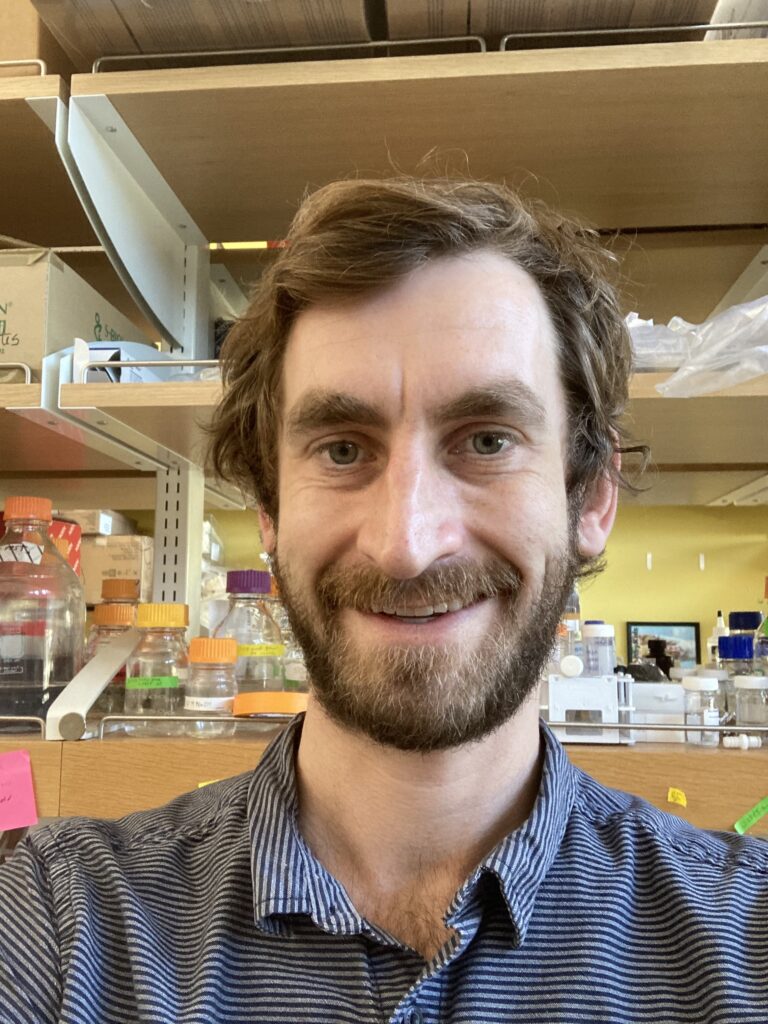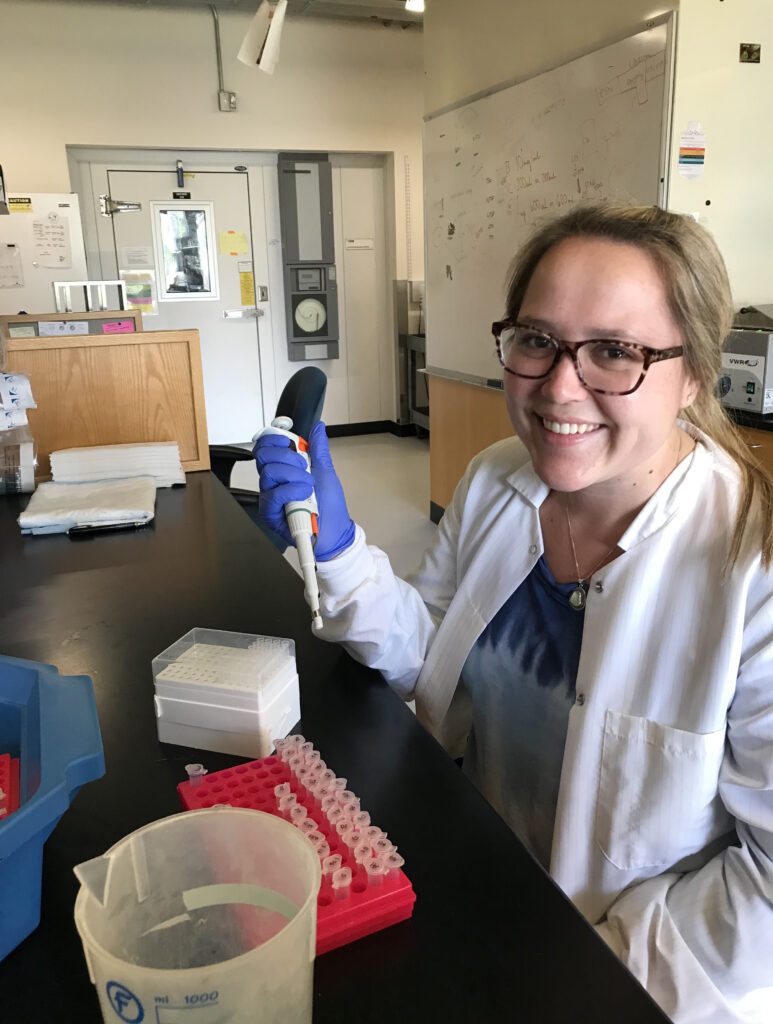CAMARILLO — CSU Channel Islands (CSUCI) graduate student Alex Mitre began pursuing her Master of Biotechnology after a volunteering experience in the birth center of a San Diego hospital. There, she witnessed extremes of the human experience on the faces of parents with a stillborn baby and on the face of a new mother.
“When I got there for my shift, she looked so tired and was doubting herself, but when she finally gave birth she cried and held her baby and said ‘My baby! You’re my baby! We’re in this together,’” Mitre remembered.
Thanks to a special internship program for CSUCI students interested in studying stem cells, Mitre is now at UC San Diego researching how stem cell therapy might eventually be able to help prevent birth disorders such as preeclampsia, microcephaly, and other neonatal conditions.
The program, which enables graduate students like Mitre to research stem cell technology at top notch research institutions all over California, recently got a boost from a $3.6 million grant from the California Institute for Regenerative Medicine (CIRM).
The grant, which will be dispersed over five years, enhances a stem cell training program co-launched at CSUCI in 2006.
“This award will allow us to offer paid one-year internships as well as scholarships and travel awards to our graduate students in the Master of Science (MS) in Biotechnology degree program whose study emphasis is in stem cell technology and lab management,” said Professor of Biology Nitika Parmar, Ph.D. “These internships will be with cutting-edge research institutions all over California.”
Other institutions where CSUCI interns can study stem cell technology include the University of California research centers; Stanford University; the Scripps and Salk research institutes; City of Hope Beckman Center; Cedars Sinai Medical Institute; Loma Linda University; Children’s Hospital of Los Angeles; and the University of Southern California.
“The potential of stem cells is really amazing,” Parmar said. “Let’s say somebody has a spinal cord injury and is paralyzed. You develop the right stem cell therapy and eventually they may be able to walk again.”
Parmar first developed the stem cell program at CSUCI with a grant she wrote 11 years ago for $4.5 million. Through another grant from CIRM in 2016, Parmar developed a program in which graduate students can get paid internships to do stem cell research at top research institutions.
This new grant from CIRM will allow the program to continue and will include travel and scholarships.
“Eighty-five percent of the funds from this grant are going directly to the students, which speaks of the student-centered nature of this training program,” Parmar added.
The interns said the stipend enabled them to focus on their research rather than being concerned about making ends meet. Also, the internship increases networking and job opportunities.
CSUCI graduate student David Sievert is studying stem cell technology as it relates to pediatric neurodevelopmental disorders. He is currently pursuing a Master of Business Administration and Master of Biotechnology in a dual degree program at CSUCI. He graduated from California Lutheran University in 2012 with a degree in Chemistry, then entered the work force.
Sievert began his internship two years ago at the Gleeson Lab at UC San Diego and has since been hired there as a research associate. Sievert said he could not have changed the trajectory of his career without the internship program.
“I could not have done it without the stipend,” he said. “I was working as a supervisor in a lab, but some things are more important in life. I wanted to do research. For someone like me who was out of school for five years, to get into a research lab and get research experience? There were not a lot of options, so this was my foot in the door.”
CSUCI MS Biotechnology & Bioinformatics student Madison Waterlander is studying how stem cell therapy might eventually be used to help fight polycystic kidney disease, which can cut lives short. Waterlander is an intern at Weimbs Laboratory at UC Santa Barbara, which specializes in polycystic kidney disease and other renal ailments.
“Stem cells open the doors to so many realms of research,” Waterlander said. “It’s such a novel field with so many possibilities for coming up with new treatments. What makes me interested in science is that it’s like a treasure hunt. The treatments are there — we just have to find them.”
About California State University Channel Islands — CSU Channel Islands (CSUCI) is reimagining higher education for a new generation and era. We are an innovative higher education institution that enables students to succeed and thrive – serving as an engine for social and economic vitality that provides the intellectual resources necessary for a thriving democracy. With more than 7,000 students, 1,200 employees and 14,000 alumni, CSUCI is poised to grow in size and distinction, while maintaining one of the most student-focused learning environments in public higher education. Connect with and learn more by visiting www.csuci.edu or CSUCI’s Social Media.
The University encourages persons with disabilities to participate in its programs, events and activities. If you anticipate needing any type of accommodation, or have questions about the physical access provided, please contact the respective area below as soon as possible, but no later than seven (7) business days prior to the event/activity:
CSUCI Students
Disability Accommodations & Support Services: accommodations@csuci.edu
CSUCI Employees
Human Resources: angela.portillo@csuci.edu
Members of the Public
Title IX & Inclusion: titleix@csuci.edu



